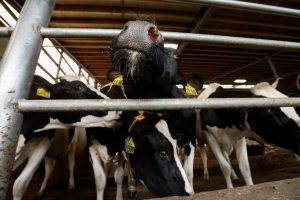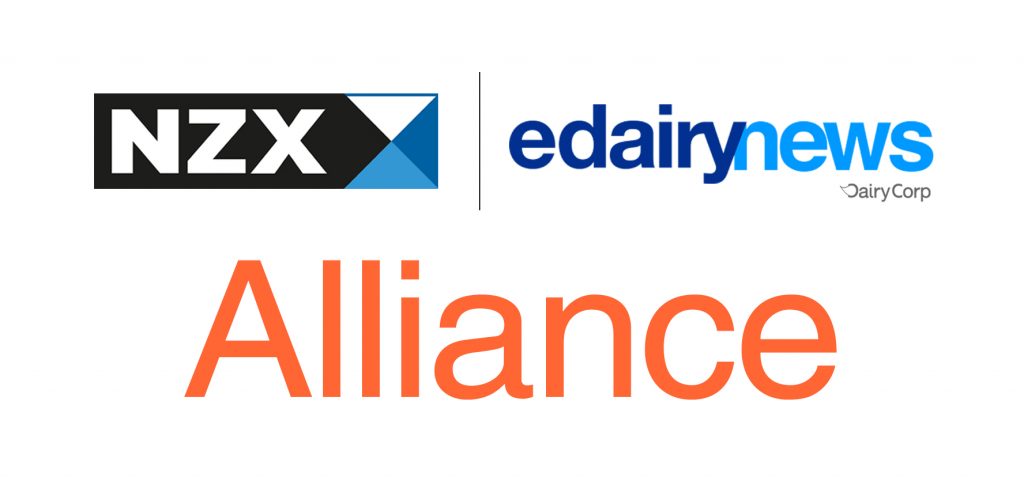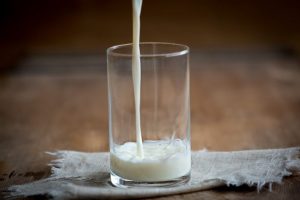Alan Emerson has some questions and some cautions for Fonterra after it announces plans to sell off its consumer business.
The news that Fonterra is wanting to sell some of its iconic brands, including Anchor and Mainland, came as a bolt from the blue. In my view it sets out a new and different direction for the co-operative.
One thing about our dairy industry is that it is dynamic. Change can and does happen at pace.
I’ve followed New Zealand’s dairy industry and the politics driving it for a while now. I can remember when the industry was the Dairy Board and a multitude of small and medium-sized dairy companies.
They became two, New Zealand Dairy Group and Kiwi, and then one, Fonterra.
The vested-interest politics driving it were considerable and it took the cool heads of then minister of agriculture Jim Sutton and Opposition spokesperson Shane Ardern to get some sense into the debate.
Fonterra became a reality.
It wasn’t smooth sailing by any means with some of the massive egos involved, but it’s a different animal now and far better for it.
It also appears to be a more consultative organisation.
I’ve crossed swords with Fonterra over the years and make no apologies for doing that. It has had, in my view, some crazy schemes.
For a start it wanted to be the world’s milk producer, collecting 30 billion litres by next year. The reality is that it collects about half that amount today and profitably so.
I’m sure dairy farmers can remember the $700 million Beingmate debacle, where a carried-away board put millions into an offshore enterprise that achieved nothing for the local industry.
Back then the board obviously knew more than Credit Suisse, which cautioned against the deal.
Add to that the China Farms and Sanlu shambles and you’d be forgiven for thinking the Fonterra board’s oversight back then was cursory at best.
I was critical of the Fonterra Chinese shambles, which encouraged the co-op to take an injunction out on one of my stories in Farmers Weekly. It achieved little, common sense won out and the losers were the Fonterra shareholders who footed the bill.
So now we have a different animal with a more enlightened approach.
Divesting assets isn’t new for Fonterra as it sold Tip Top to the world’s third largest ice-cream manufacturer, Fronerie, in 2019. There was little fuss at the time and the new Tip Top still uses milk supplied by Fonterra.
Considering the Fonterra balance sheet was interesting.
Its debt in July 2023 was $4.04 billion, down from $4.85bn the previous year. The co-op’s cash reserves took that net debt to $2.2bn.
It is estimated that Fonterra’s consumer business could fetch between $2.5 and $3.5bn. Contacts from the finance industry believe the figure could be considerably higher.
The business is sound. The S&P credit rating is a healthy A-, sales revenue has increased to approximately $24bn and profit continues to increase.
I obviously haven’t seen any business case for the brand sale but I’ll accept it has been done and is detailed – but there are some questions.
For a start, any business-to-business deal of the size Fonterra is considering will mean dealing with competitors. Has that been fully considered and are the risks manageable?
With some of the experts suggesting Nestlé is a likely purchaser, where would that leave Fonterra?
Currently the global consumer business represents some 19% of the group’s operating earnings and 7% of the New Zealand milk solids.
With any impending sale, will Fonterra be able to guarantee that the milk supply for those sold entities will continue to come from local suppliers as happened with Tip Top? My understanding is that it will.
What plans does the co-op have for the money earned from the sale? Will it be used to pay down debt or are there some other options being considered and if so, what?
Announcing the proposed change in direction, Fonterra CEO Miles Hurrell made the following statement: “By selling the consumer business and focusing on ingredients and foodservice, Fonterra can better utilise its milk supply in high-value areas, enhancing returns for farmer shareholders and unit holders.”
The market’s initial reaction was certainly positive, with both the suppliers’ shares and those of the unit holders going up in short order.
Going forward won’t be easy. For a start, dairy farmers will demand a detailed business case so that they can make an informed decision.
The brands Fonterra is selling could be described as iconically Kiwi. Will NZ consumers continue to support them if they are overseas owned?
The media is concentrating on that one point and Fonterra needs to broaden the debate.
Finally, we live in a dynamic world and things can change quickly. It is encouraging that our largest company is considering all its options in an open and transparent manner – that it intends concentrating on its strengths instead of trying to be something it isn’t.
You can now read the most important #news on #eDairyNews #Whatsapp channels!!!
🇺🇸 eDairy News INGLÊS: https://whatsapp.com/channel/0029VaKsjzGDTkJyIN6hcP1K
















